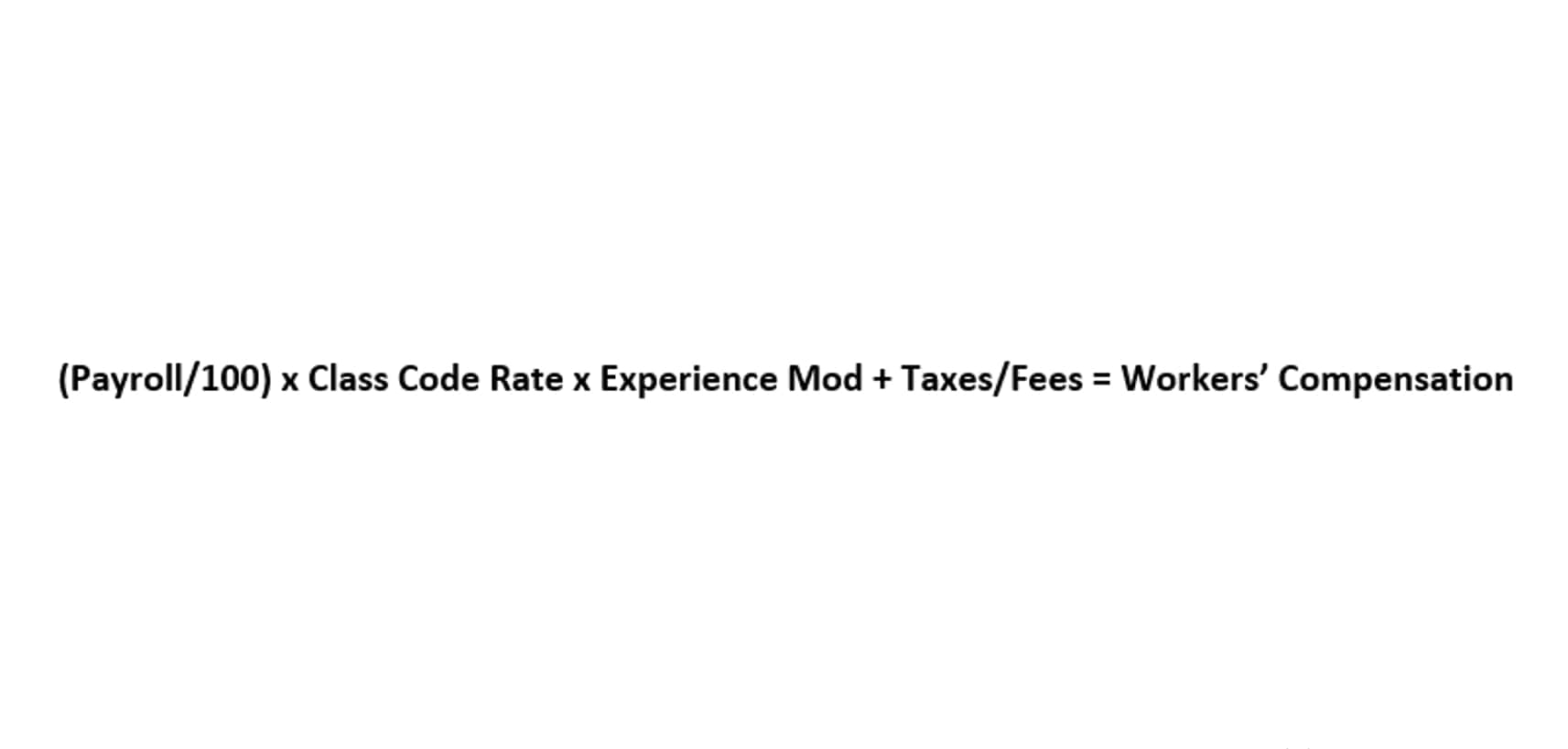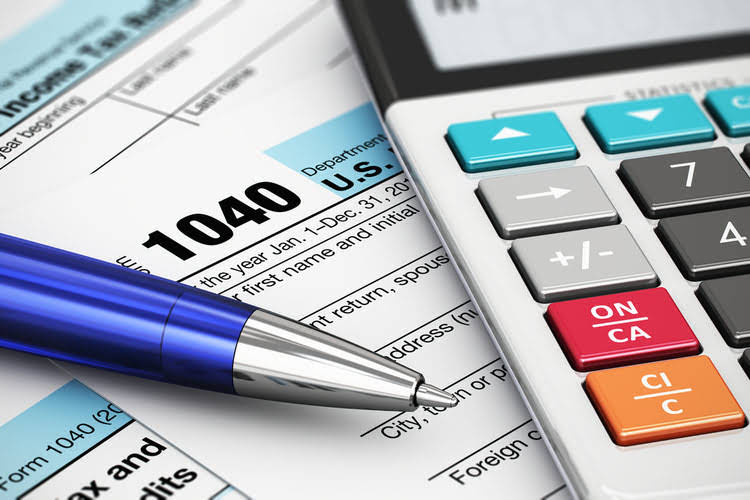
Incremental costs are relevant in making short-term decisions or choosing between two alternatives, such as whether to accept a special order. If a reduced price is established for a special order, then its critical that the revenue received from the special order at least covers the incremental costs. Companies invest in marketing campaigns to promote their products or services. They need to compare the additional costs (advertising, discounts, and staff overtime) against the incremental benefits (increased footfall, sales, and brand visibility). If a reduced price is established for a special order, then it’s critical that the revenue received from the special order at least covers the incremental costs.
Incremental Cost
Identifying such costs is very important for companies as it helps them decide whether the additional cost is in their best interest. As a result, the total incremental cost to produce the additional 2,000 units is $30,000 or ($330,000 – $300,000). Assumptions form the foundation of any analysis, and it is crucial to make reasonable and justifiable assumptions. These assumptions provide a framework for our calculations and help us make informed decisions.
Q1. How to calculate incremental manufacturing cost?

By mastering incremental cost concepts, organizations can make informed choices that drive success. In summary, incremental cost provides a lens through which we evaluate changes, weigh alternatives, and make informed decisions. Whether you’re a manager, investor, or student, mastering this concept enhances your ability to navigate complex scenarios. Beyond direct costs, businesses must account for increases in overhead expenses such as utilities, maintenance, and equipment depreciation. If a manufacturing facility operates longer hours, electricity and water usage will rise.
Added Labor Outlay
Incremental costs represent the additional expenses incurred when a company decides to increase its output or undertake a new project. Unlike fixed costs, which remain constant regardless of the level of production, incremental costs vary with the level of output. They are crucial for managers to consider because they directly impact the profitability of additional units produced or new projects undertaken. From a financial perspective, incremental cost refers to the change in total cost https://www.nadifaclinic.com/solved-fill-in-the-blank-question-the-approach-2/ resulting from a particular decision or activity.

Practical Applications of Incremental Cost in Decision Making
- When it comes to decision making and cost-benefit analysis, understanding the concept of incremental cost is crucial.
- They are crucial for managers to consider because they directly impact the profitability of additional units produced or new projects undertaken.
- It’s a collaborative effort that involves input from various departments within a company, each with its unique perspective and expertise.
- Here are some incremental cost examples based on different scales of production.
- If a reduced price is established for a special order, then it’s critical that the revenue received from the special order at least covers the incremental costs.
From an accounting standpoint, incremental costs are distinguished from sunk costs—expenses that have already been incurred and cannot be recovered. This distinction is crucial because it prevents decision-makers from considering irrelevant past expenditures when evaluating future business opportunities. For example, consider a company that has spent $1 million on research and development for a new product. This sunk cost should not influence the pricing of the product; instead, the focus should be on the incremental costs of producing and marketing the product going forward. Therefore, knowing the incremental cost of additional units of production and comparing it with the selling price of these goods assists in meeting profit goals. From a managerial perspective, incremental costing provides valuable insights into the cost-effectiveness of different options.
As a third example, the sale of a subsidiary includes the legal costs of the sale. Expanding capacity often involves capital Online Accounting expenditures, such as purchasing new machinery or upgrading facilities. Unlike variable costs that fluctuate with production, these investments create long-term financial commitments. If expansion involves leased equipment, businesses must consider classification under ASC 842, which affects balance sheet reporting and lease liability calculations.


It is closely related to incremental cost but focuses on a per-unit basis rather than the total additional cost of a decision. Marginal cost is calculated by dividing the change in total cost by the change in quantity produced. The long-run incremental cost for lithium, incremental charge nickel, cobalt, and graphite as critical raw materials for making electric vehicles are a good example. If the long-run predicted cost of the raw materials is expected to rise, then electric vehicle prices will likely be higher in the future. The attempt to calculate and accurately predict such costs assist a company in making future investment decisions that can increase revenue and reduce costs.
- It refers to the additional cost incurred when producing extra units of a product or service.
- Simultaneously, the incremental benefit includes increased user satisfaction, potential new customers, and competitive advantage.
- Therefore, despite the initial incremental costs, investing in new equipment can be a smart financial decision for businesses looking to grow and improve their operations.
- Incorporating incremental cost in business strategies can bring numerous benefits and enhance decision-making processes.
- According to a study by Forbes Magazine, companies that regularly invest in updated technology see significant increases in productivity and revenue over time.
Airlines provide another vivid example of incremental cost-based decision-making. Once a flight is scheduled, many costs become fixed—the aircraft lease, airport fees, minimum crew requirements, and scheduled maintenance. The passenger is minimal, perhaps just a small amount of additional fuel, a beverage, and processing costs. This explains why airlines sometimes offer deeply discounted last-minute fares.
Leave a Reply